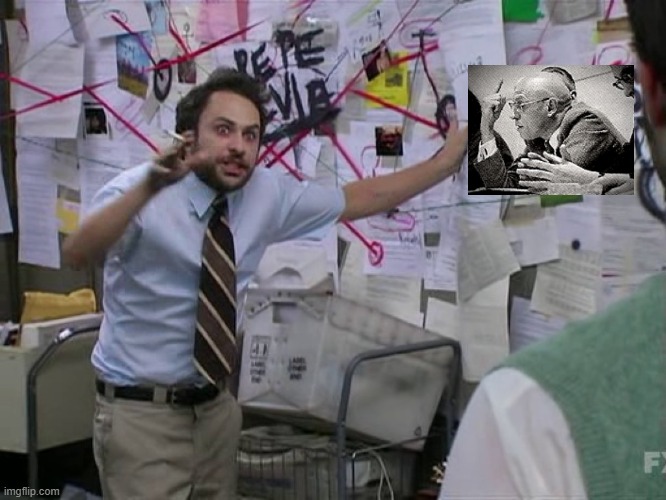I walked through a crowded space with people humming about. My attention was suddenly captured by a group of small children performing little dances for a peculiar audience of one. The night heron gazed on, perched on a stone protected by a pond. The children took turns dancing in delight before the bird. As the world woodshed on, their hearts were captivated by the beauty of the bird. I allowed myself to take in his majesty with renewed sight. It struck me that the children were not only drawn to gaze in wonder but had launched into a sort of innocent spectacle in response to their wonder. I thought of Dawson’s description of the spiritual impulse of man- that yearning inside all of us that drives us to direct worship at something[1]. Our hearts long for worship – especially when touched by beauty. The children’s dance was a natural, untamed expression of that impulse. There is a naturalness to the purity of heart found in a child. Sofia Cavalletti described this natural capacity for prayer after carefully watching and studying children’s responses to catechetical lessons. In her foundational work, The Religious Potential of the Child, she explained, “It is a fact that children have an extraordinary capacity for prayer, as regards duration as well as spontaneity and dignity of expression. Theirs is a prayer of praise and thanksgiving, which expresses the nearness and transcendence of God[2]. The natural dance of the children echoed this spontaneous expression of praise and thanksgiving[3].
The dance of the children was a response beauty should evoke in the childhood spaces of our hearts. The Directory of Catechesis reminds us that “contemplating beauty elicits within us sentiments of joy, pleasure, tenderness, fullness, meaning, thus opening us to the transcendent[4].” This is the response our heart should take when encountering beauty in nature, song, words, or art[5]. Yet something happens as we grow. Our hearts made to worship in innocent delight start to bend. The naturalness of the awe that allows our gaze to drink the beauty of creation without forgetting the creator dulls. How is it that I have watched a slow creeping numbness sink in that shifts that desire and aims it towards accomplishments, power, wealth, or prestige? Do I forget how to worship, offering unasked for sacrifice? Do I seek to turn worship back on myself, as worship becomes an exchange, a way to earn the prized end of our desire? Is it possible to have my eyes set on a heavenly end but create a path littered with self-created obstacles? Do I slowly move God to the periphery of that gaze of worship?
What does it take to keep God at the center? A docile heart? The heart of a child gazing at what God has placed before her and nothing more? I am brought back to that strange movie, Joe Vs. the Volcano. There is a scene in which Joe Banks is left adrift on a raft in the ocean. All seems lost, and then a giant moon rises in the sky. Joe Banks stumbles to his feat, empty of all. At this moment, his only response to this natural wonder is a shaken prayer, “God, thank you for my life.” A simple prayer echoing the center of Mary’s great Magnificat. Lord, let this be my response to beauty and suffering. Help me cultivate a childlike awareness of your presence in the world and within me. Let my response be an offering of praise and thanks that flows out with the naturalness of a child – a child gazing at a magnificent bird.
[1] For a full explanation of this tendency and its influence on Culture, see Joseph Stuart, Christopher Dawson: A Cultural Mind in the Age of Great Wari ( Washington D.C: The Catholic University of America Press, 2022), 217
[2] Sophia Calvetti, The Religious Potential of the Child Chicago: Catechesis of the Good Shepherd Publications,1992), 44.
[3] I should note that this sort of response to creation should ultimately call our attention back to God, our creator. The bird, a fellow creature, should not be made an idol, but at the same time, the innocence of childhood allows this natural impulse to echo forth unbridled without fear. It is the innocence in the heart of a child that reminds us such expressions can glorify God!
[4] This Directory of Catechesis (Washington D.C.: United States Conference of Catholic Bishops), para 109.
[5] The Directory for Catechesis also clarifies that “the criteria of authentic beauty cannot be only that of aesthetics. There must be discernment between true beauty and forms that are apparently beauty and empty, or even harmful, like the forbidden fruit”, para. 108.







































































